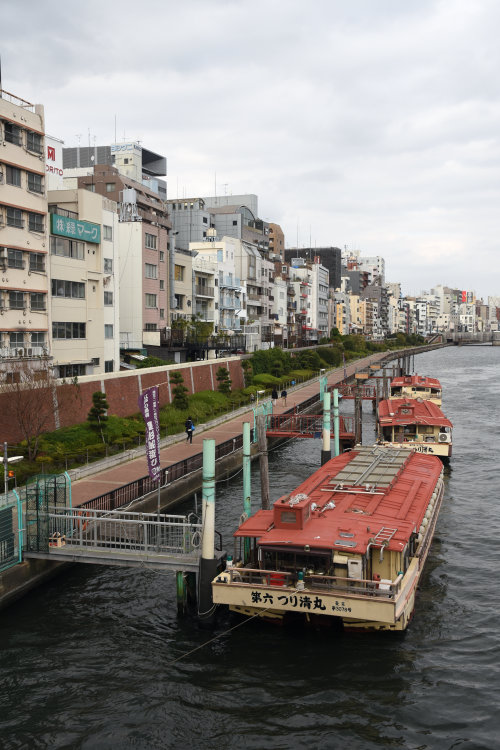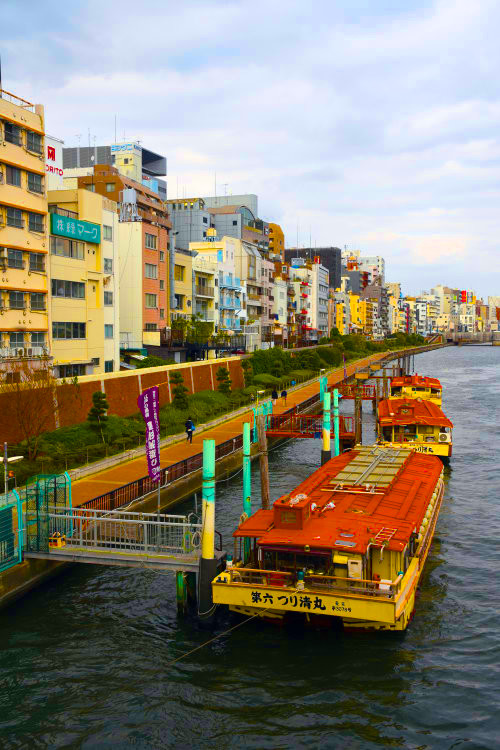too much desaturation in the shadows and midtones, this is how rgb-ratio works, it preserve the saturation in the highlights but I think it shouldn’t be used with a sigmoid/filmic/s-curve tone mapping.
Gee… I wonder why the desaturation is so aggressive in mid-tones and highlights ? Maybe because there is no room for chroma left ? As in “pointy gamut”, whatever space you pick…
Notice the desaturation has nothing to do with the RGB ratios, it’s an additional processing step. The core algo is only meant to preserve those ratios.
It’s not easy to use color balance before filmic because the highlights recovery slider in filmic will change too much brightness and contrast of the image
Then learn. It’s easy, I don’t know what you are doing, but you must be doing it wrong.
for example it should be applied before or after the tone mapping?
It should be applied through the tone mapping, tone and gamut mapping are the 2 sides of the same problem. Ideally, the tone mapping would probe the export space to see where the color would end, and remap them to the closest in-gamut point using chroma and saturation strategies using the chromaticity before tone mapping.
Unfortunately, since darktable pipeline allows shit between filmic and output color profile for display-referred compatibility, that’s not possible yet, so the #1 priority for now is to finish re-writting all the display-referred modules that cloag the [filmic ; output profile] part of the pipe.
Focusing on what filmic does or doesn’t is counter-productive. It’s full of bad trade-offs that are made necessary by the mandatory support of legacy display-referred. You need to think the pipeline as a whole.
Wanna do something productive ? Rewrite local contrast, contrast equalizer, color zones, etc. in Ych. Until that is done, filmic is stale. I don’t put polish on broken car.







